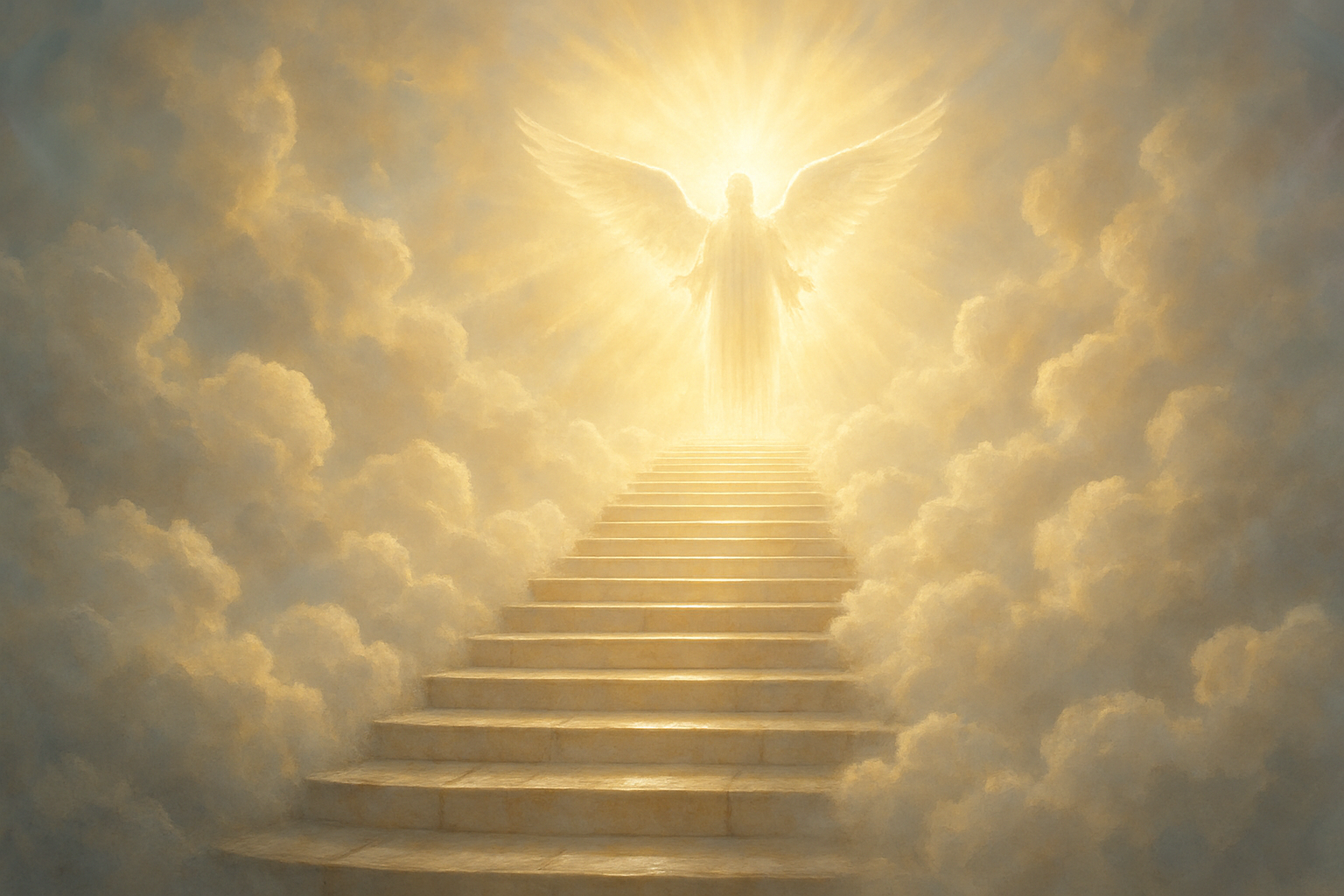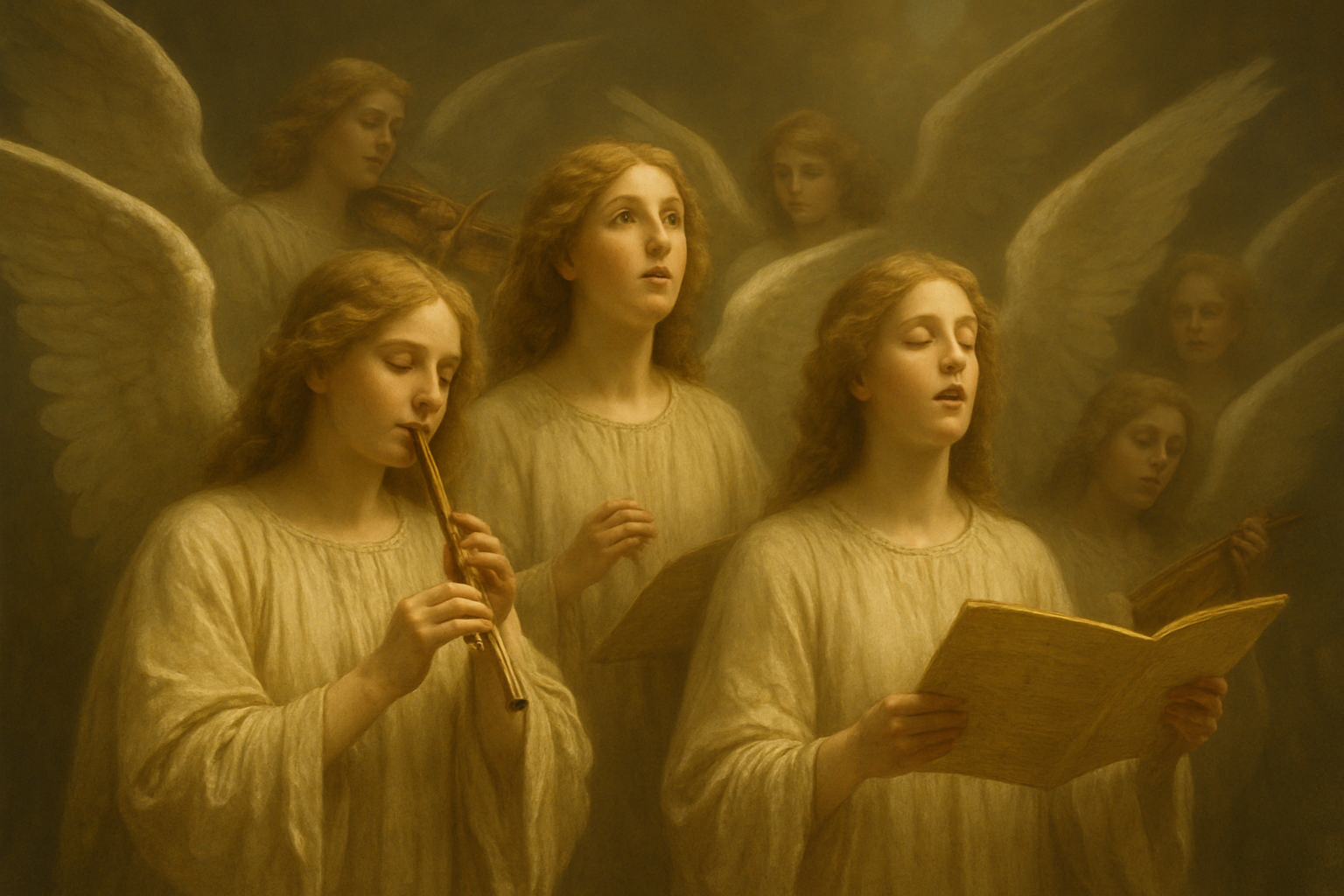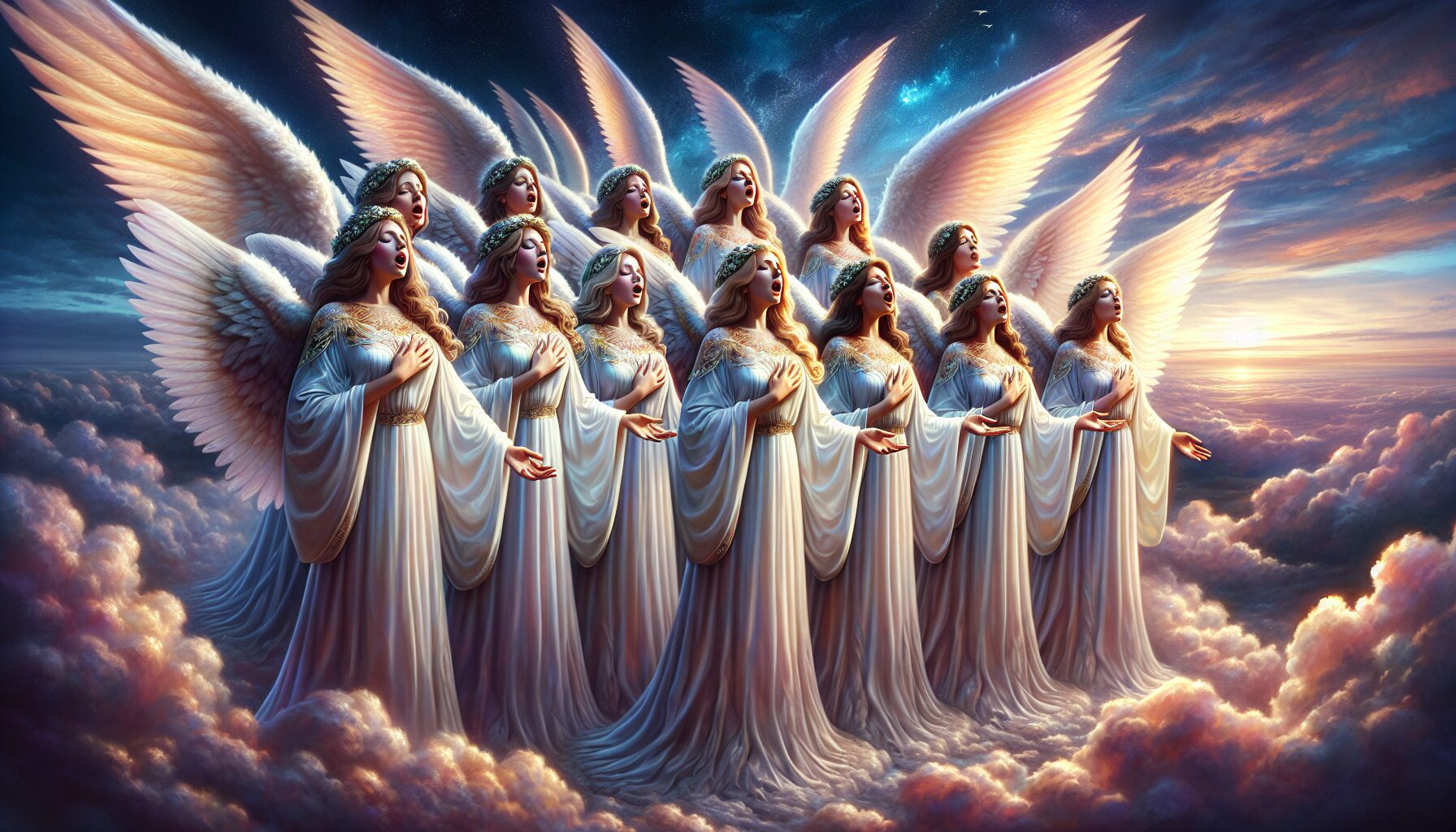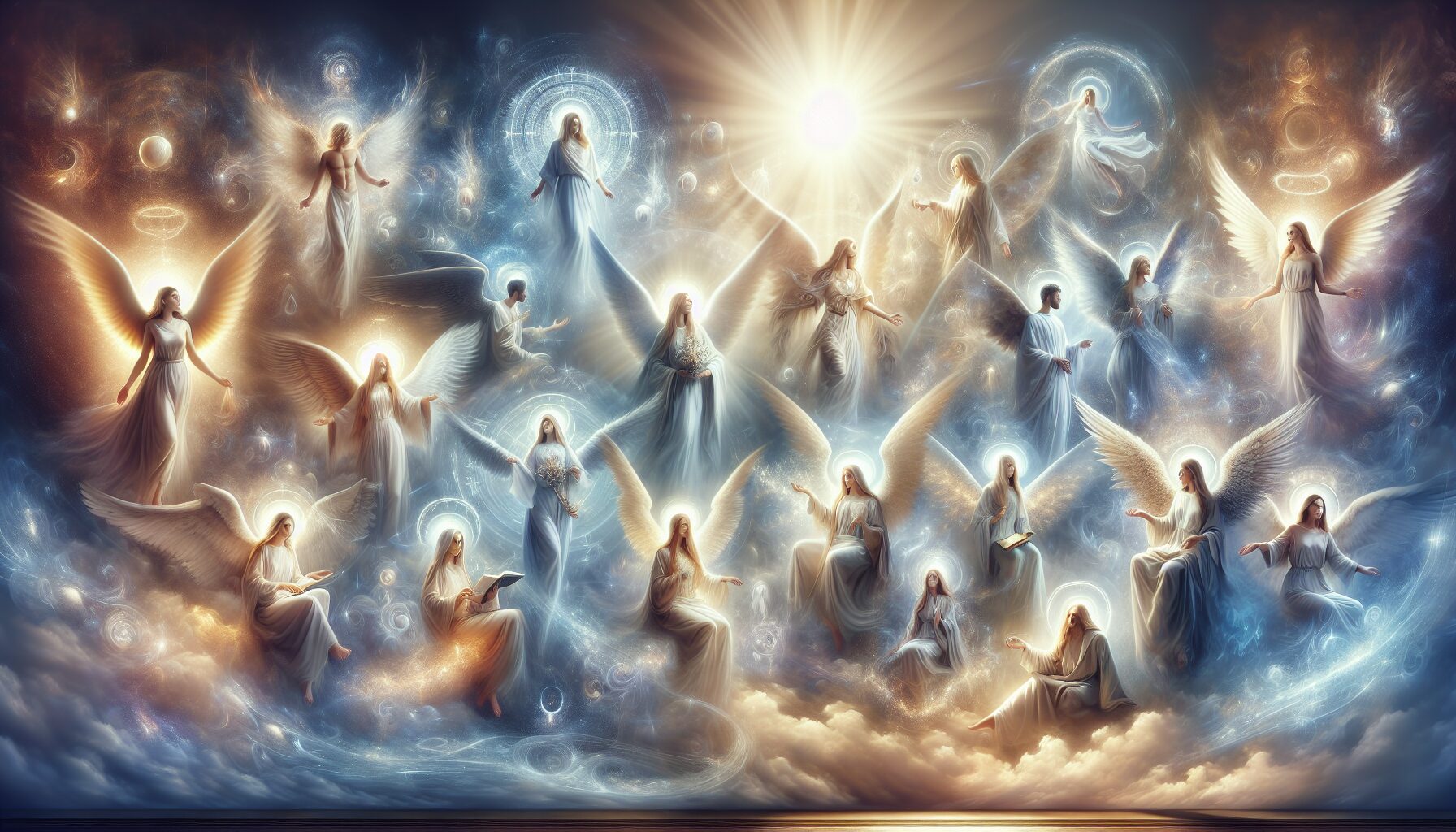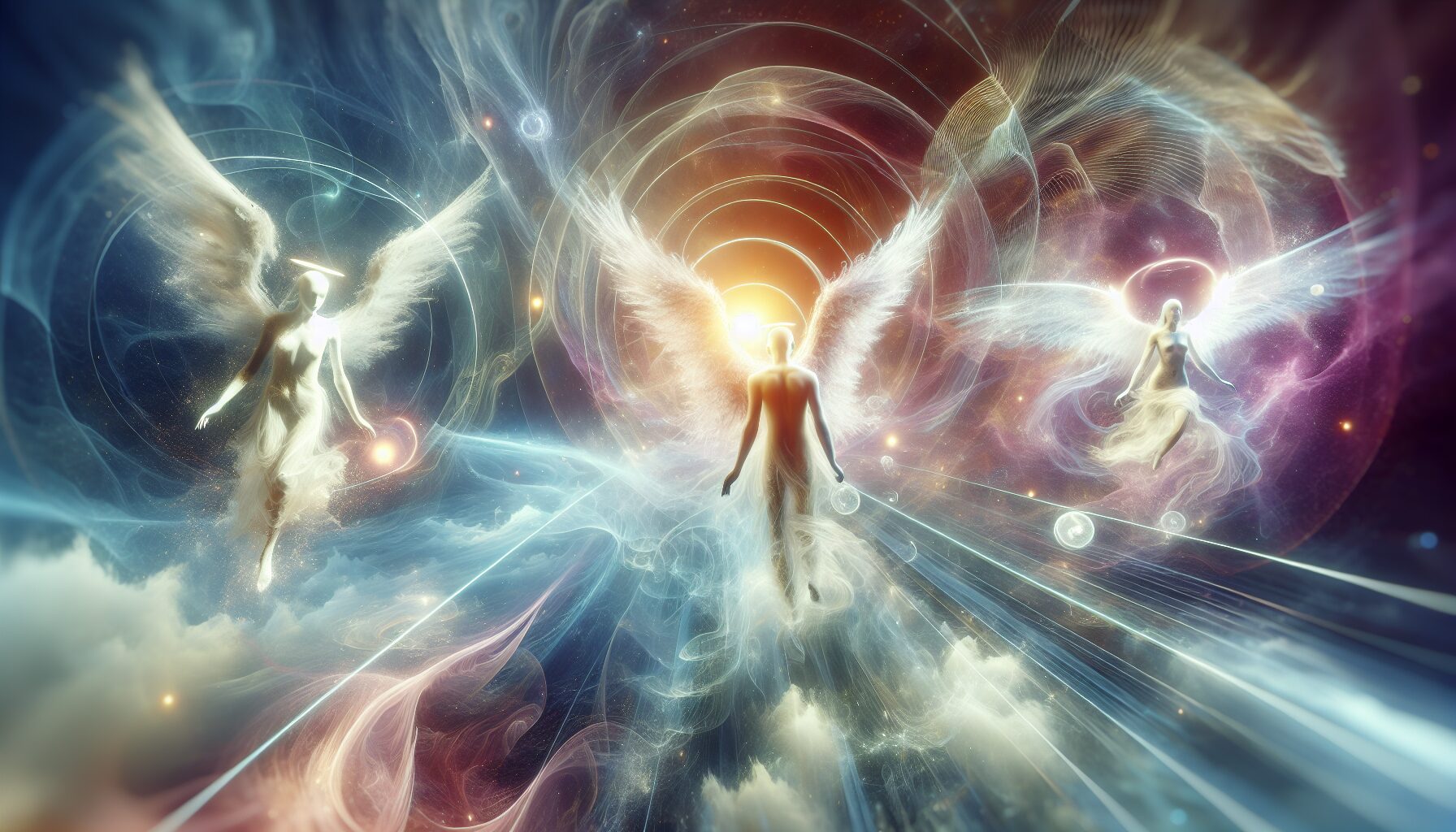In many religious and mythological contexts, angels are depicted as divine celestial beings closely associated with themes of light, purity, and protection. Yet, within these heavenly domains, there exists an often overlooked aspect of their existence: the concept of mourning and how grief is expressed among the celestial hierarchies.
The Nature of Angels
Angels are generally perceived as intermediaries between God and humanity, delivering messages and offering guidance. They are revered across various cultures and religions, with distinct roles and attributes assigned to them.
- In Christianity, angels are considered messengers of God, capable of both protecting humans and executing divine judgment.
- In Judaism, various types of angels serve different functions, such as guarding the gates of heaven or recording the deeds of individuals.
- In Islam, angels are believed to be made of light and are without free will, existing to serve Allah in obedience and piety.
Exploring the Concept of Mourning
Given their seemingly perfected existence, the concept of mourning within the angelic realm can appear contradictory. However, several texts and interpretations suggest that even angels experience a form of grief, especially when confronting the disobedience of humanity or witnessing the fall from grace of their fellow beings.
“The angels, not half so happy in Heaven, / Went envying her and me— / Yes! that was the reason (as all men know, / In this kingdom by the sea) / That the wind came out of the cloud by night, / Chilling and killing my Annabel Lee.” —Edgar Allan Poe, Annabel Lee
This poetic expression by Poe, while metaphorical, touches on the idea that angels are touched by emotions deeply rooted in the human condition, such as envy and loss. This suggests that they might indeed possess the capability, or at least an awareness, of mourning.
The Fall and Mourning of Angels
One of the most significant narratives involving angelic mourning is that of the fallen angels, most prominently depicted in John Milton’s Paradise Lost. Milton presents Lucifer, the most radiant of angels, as he falls from grace, pulling legions of fellow angels into his rebellion against God. The sorrow stemming from this betrayal resonates throughout their celestial peers.
“Hail horrors, hail / Infernal world, and thou profoundest Hell / Receive thy new possessor: One who brings / A mind not to be changed by place or time. / The mind is its own place, and in itself / Can make a Heaven of Hell, a Hell of Heaven.” —John Milton, Paradise Lost
Although Milton mainly focuses on the defiance and pride of the fallen, hints of regret and loss weave through their experience, suggesting a deeply resonant grief that accompanies their fall.
Catholic Perspectives on Angelic Grief
In Catholic teachings, while angels are considered incapable of error post-supernatural discipline (the state angels achieve after their trial and self-choice for God), the notion of them grieving for humanity’s sins is present. Their laments are more of a reflection of their commitment to divine justice and order, manifesting as a deep, albeit abstract, sorrow for human transgressions.
The Catholic education resource EWTN suggests that angels experience sadness in a way that aligns with their nature: “Their sadness is purely intellectual and relates to the deviation from God’s plan, with whom they are perfectly aligned.”
Angelic Lament in Art and Culture
The portrayal of mourning angels in art and literature provides a visual and narrative exploration of celestial grief. In sculptures and paintings, angels are often depicted with tears or in postures of lament, suggesting deep emotional resonance with loss and sorrow.
- Rodin’s Angels: The famous “Gates of Hell” by Auguste Rodin explores the harrowing emotions associated with the fall, including the depiction of anguished celestial beings among the damned.
- Literary Mourning: In Dante Alighieri’s Divine Comedy, angels appear in varied forms, at times expressing sorrow for the souls they encounter in the Inferno’s realms.
Philosophical Interpretations of Angelic Mourning
Philosophers have long pondered the implications of angelic grief and what it reveals about the broader themes of justice, morality, and divine empathy. The intertwining of justice and emotion among celestial beings reflects an intricate balance between cosmic order and emotional intelligence.
Thomas Aquinas, in Summa Theologica, discusses the nature of angelic intellect and will, suggesting that while angels operate on a different plane of emotions, their intellectual apprehension allows them a form of “grief.” They may not mourn as humans do, but their comprehensive understanding of divine injustice creates an intellectually-derived lament.
The Human Connection
The concept of angelic mourning resonates deeply with human experiences of grief and loss. It serves as a poignant reminder that even the divine contemplates the complexities of existence and the evocative power of justice and empathy.
The notion that angels, who epitomize purity and divine alignment, could mourn over the missteps of humanity or their peer’s fall from grace suggests an unprecedented level of understanding and compassion transcending earthly boundaries. It positions mournful angels as intermediaries not merely of God’s will but also of celestial empathy, providing humanity with strength and solace in times of tribulation.
Ultimately, the study and depiction of angelic laments help bridge the gap between divine perfection and flawed human nature, offering a unique lens through which to explore the interconnectedness of emotion, morality, and spirituality.
Conclusion
Angelic laments encapsulate the complex tapestry of sorrow and understanding that exists within celestial hierarchies. They reinforce the idea that even within realms of divine order, the echoes of grief and compassion persist, offering insights into the eternal dance between righteousness and empathy. Through the layered interpretations in religion, literature, and art, these divine figures continue to embody both the unyielding justice of the heavens and the profound, albeit otherworldly, compassion for the fallen.

